mobile View, to the German Version tap the flag
![]()

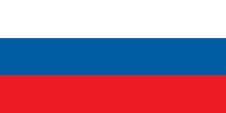
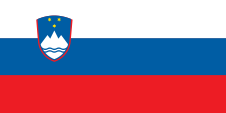


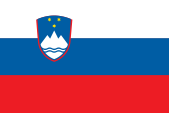


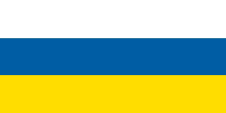
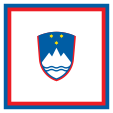
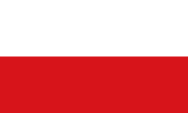
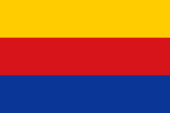
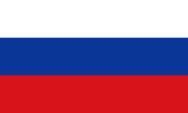
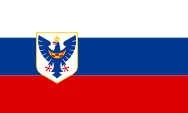
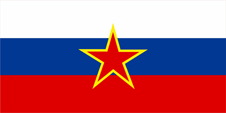

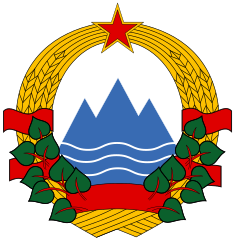
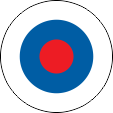
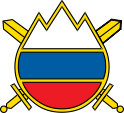
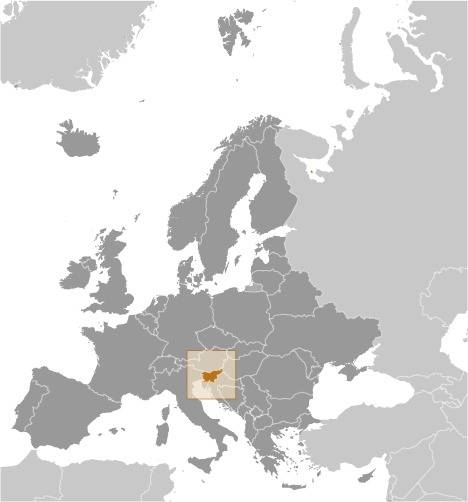
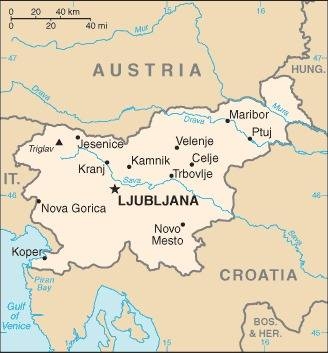
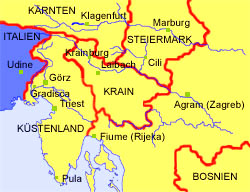
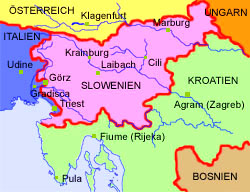
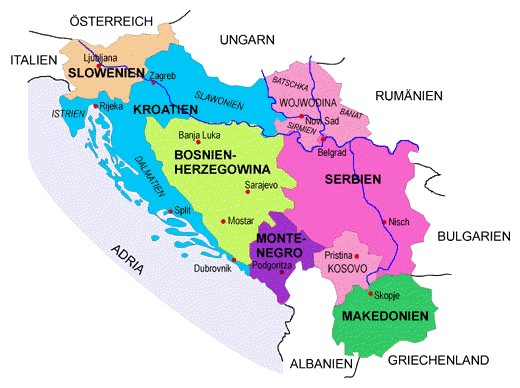
Antiquity · settlement by Illyrians
ca. 15 A.D. · the conquest of Krain (Krain = the core of Slovenia) by the Roman Empire is finished, comes to the Province of Pannonia Superior
395 · at the partition of the Roman Empire Dalmatia comes to the West Roman Empire (Rome)
476–489 · Krain belongs to the Empire of the Odoaker
489–553 · belongs to Empire of the Eastern Goth
6th cent. · settlement by Slavic tribes
569–598 · conquest by the Pannonian Avars
ca. 800 · the today's Krain becomes subjected by the Frankish Empire of the Carolingians, formation of the "Mark Krain", administration by the Margrave and Duke of Friaul
934 · the Mark Krain comes to Bavaria
976 · Krain comes to the Duchy of Carinthia
1394 · Krain (incl. Istria) becomes an own Duchy of the house of Habsburg
1797–1809 · French Revolutionar Wars, parts of Austria (Styria) become occupied by the French in 1797
1809 · Peace of Vienna, Austria loses Salzburg, the Inn Quarter, Western Galicia and parts of Eastern Galicia and cedes Istria, Trieste, Gorizia, Carniola, Carinthia, Croatia, and Dalmatia to France, which were merged in 1810 to the French "Illyrian Provinces"
1813 · Austria declares war on France (Napoléon)
1814/1815 · Congress of Vienna, realignment of Europe after the era Napoléon, the Empire of Austria (House of Habsburg) acquires back the in 1809 lost territories, they become merged to the Habsburg's Kingdom of Illyria, Carniola becomes a part of the Habsburg's Kingdom of Illyria, Dalmatia and Croatia become re-annexed to Hungary (under the Habsburgs, part of the Empire of Austria)
1848/1849 · revolution in Vienna, civil war between Hungarians and Croats, riotings in Prague, Mailand and Venice, as a result of that Emperor Ferdinand I. resigns and Franz Joseph I. of Habsburg becomes new Emperor, the riotings become suppressed and he enacts a new constitution: the titular hereditary territories of the Habsburgs in the Austrian Empire become converted to crown lands with their own Landtag (parliament), the Landtag of Dalmatia rejects the annexion to Croatia, the Kingdom of Dalmatia becomes an own crown land of the Austrian crown, Croatia and Slavonia become united to the "Kingdom of Croatia and Slavonia", which remains as a subsidiary country under the Hungarian crown, dissolution of the Kingdom of Illyria: division in the crown lands of Carniola, Carinthia, Littoral, Croatia and Slavonia and Dalmatia
1914–1918 · First World War, thereafter breakdown of the imperial-royal monarchy, disintegration of Austria-Hungary in national states
10th of September 1919 · Treaty of Peace of Saint-Germain after the First World War, Austria has to cede Krain and parts of Carinthia and Styria to the "Kingdom of the Serbs, Croats and Slovenes", since 1929 named Yugoslavia, Krain becomes the heartland of the Province of Drau (later Slovenia)
1939–1945 · Second World War, Yugoslavia is between 1941 and 1946 a location of a merciless partisan and civil war between communists (under J.P.Tito), republicans, monarchists and nationalists, the communists prevailed
6th of April 1941 · invasion of German and Italian troops
17th of April 1941 · capitulation of Yugoslavia, Yugoslavia becomes dissolved: the King escape into the exile, some territories have to cede to neighbouring states (Macedonia, Kosovo, Banat and Slovenia), the Province of Bosnia-Hercegovina gets incorporated into Croatia, Croatia and Montenegro get independent, Serbia comes under German military administration, the District od Drau becomes partitioned between the German Empire (northern part) and Italy (southern part)
13th of October 1943 · capitulation of Italy, as a result of that occupys Germany among others also the southern part of the District od Drau, the "Province of Laibach / Ljubljanska Pokrajina"
19th of February in 1944 · founding of Federal Slovenia by the communist resistance
1945 · conquest and occupation of the area of todays Slovenia by Yugoslav partisans, expulsion and partially even assassination of the largest part of the in the country remained German civilian population
29th of November 1945 · proclamation of the "Federative People's Republic of Yugoslavia" by Tito
31st of January in 1946 · founding of the People's Republic of Slovenia
7th of April in 1963 · proclamation of the Socialist Republic of Slovenia (within communist Yugoslavia)
8th of March in 1990 · proclamation of the Republic of Slovenia
25th of June 1991 · Slovenia declares its independence from Yugoslavia
July–August 1991 · war aganist Yugoslavia
October 1991 · withdrawal of the Yugoslav troops
1992 · the European Community (EC) recognizes Slovenia as independent, Slovenia joines the UNO
2004 · Slovenia becomes a member of the European Union
1st of January 2007 · introduction of the Euro Currency
Source:
Atlas zur Geschichte,
World Statesmen,
Wikipedia (D)
![]()
